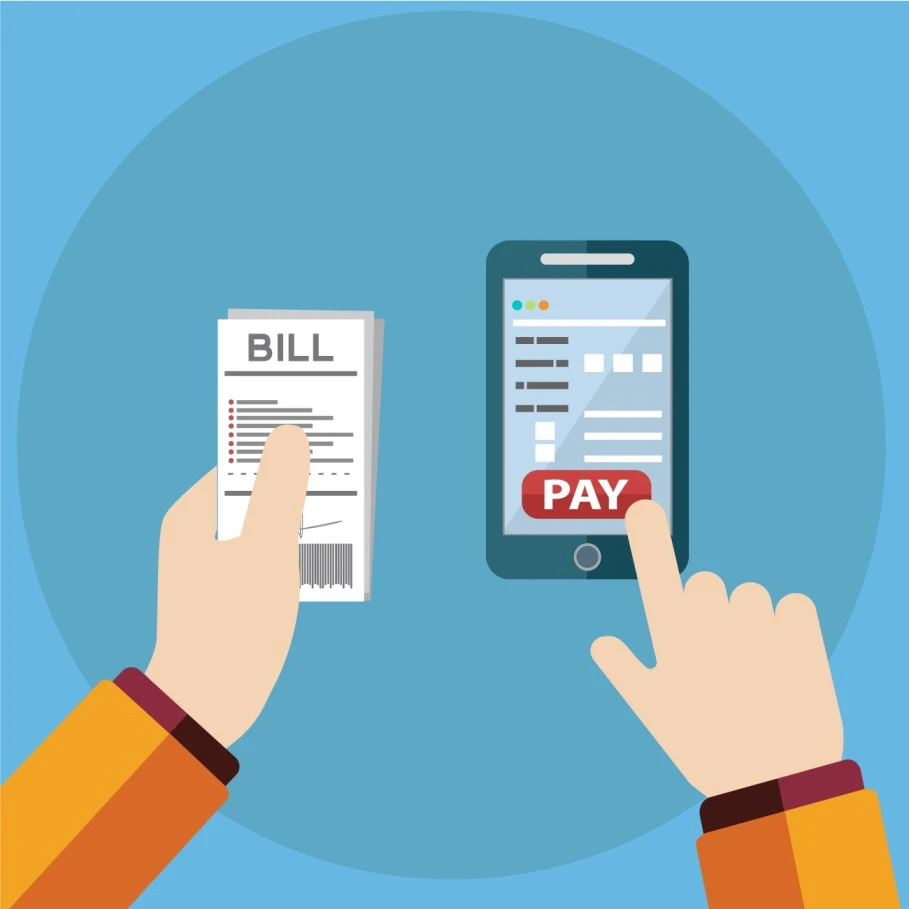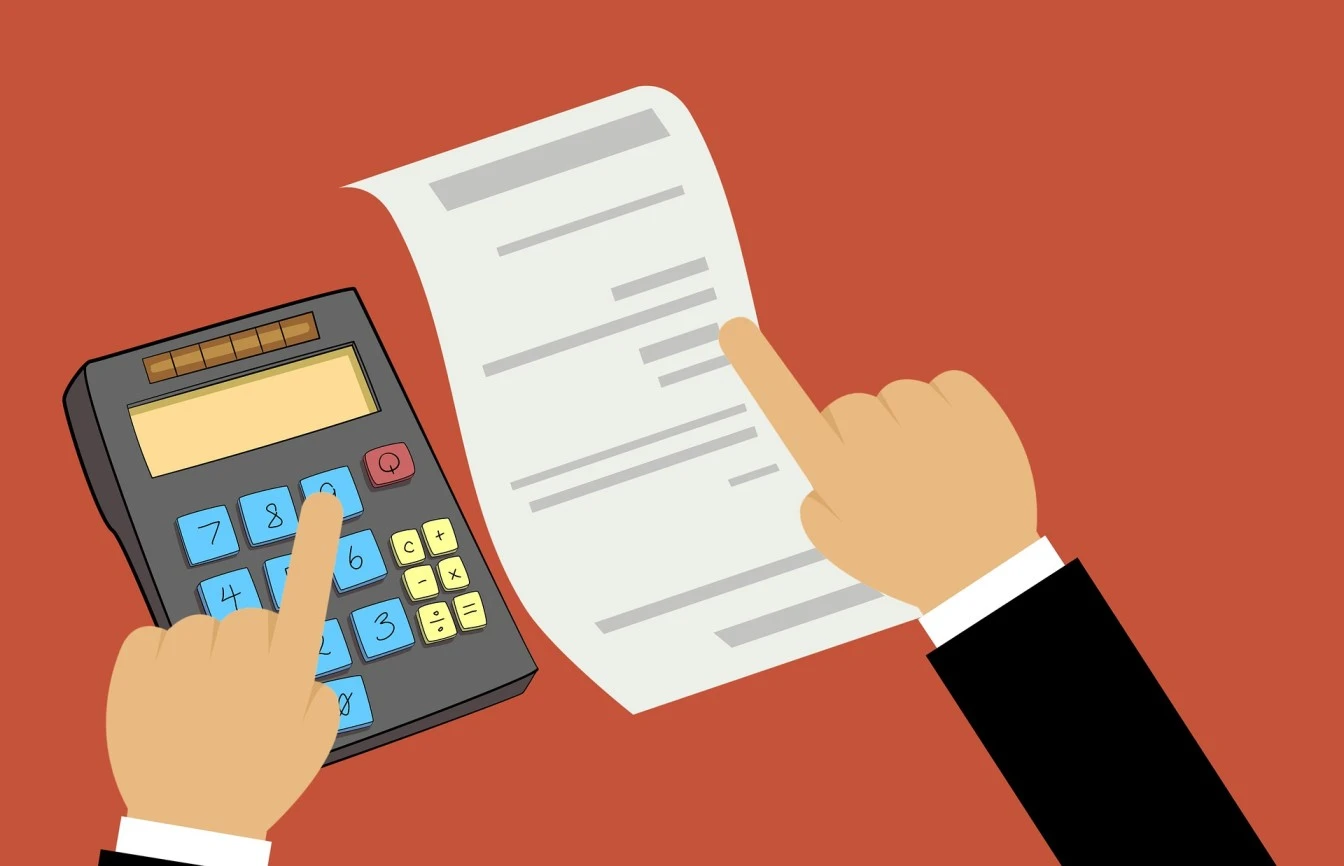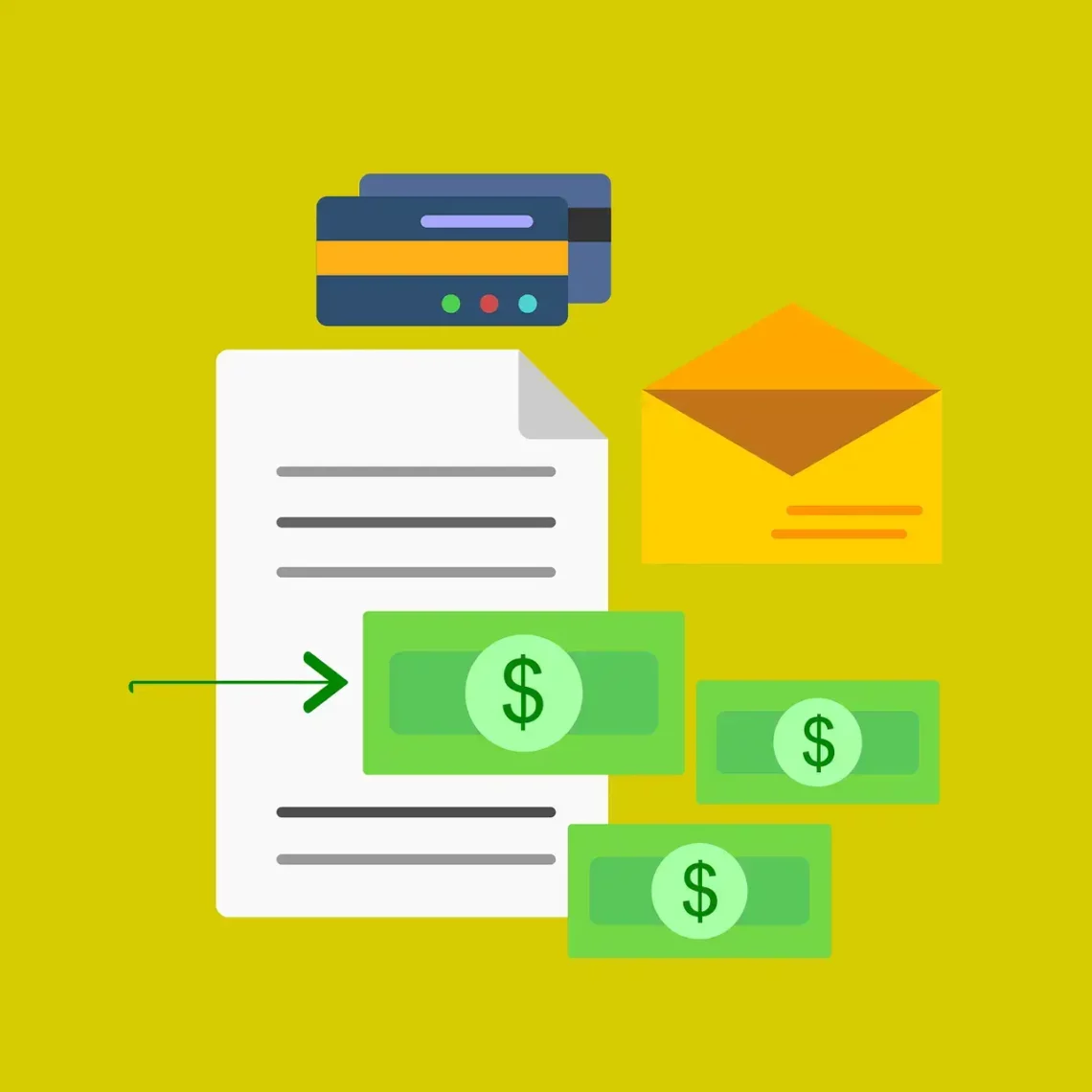Recurring billing is the ‘next big thing’ in the business world. With businesses globally riding on the subscription wave, the subscription market is predicted to hit an all-time high by 2025.
With enterprises worldwide benefiting from the recurring billing trend, we are sure you do not want to drown in FOMO. Fear not, while we are here. From what recurring billing is to how you can use it for your business’s advantage, we are breaking down all you need to know about recurring billing in this blog.
What is Recurring Billing?
Recurring billing is a type of payment method in which the sellers charge the customers in a predetermined interval for the products they purchase or services they subscribe for.
The recurring billing payment method is predominantly used in the subscription business. While subscribing to a service or a product, the customer is required to provide payment information to the seller. Furthermore, the seller will automatically deduct the amount from the buyer’s account periodically till the buyer cancels the subscription. The billing frequency could be monthly, quarterly, or yearly based on the business.
Businesses that Use Recurring Bills
Here are some of the businesses that use recurring billing systems:
- SaaS subscriptions
- e-Commerce
- Entertainment (Netflix, Hulu, Amazon Prime)
- Telecom
- Newspapers and magazines
- Gym memberships
- E-learning platforms
Subscription and Recurring Billing – What is the Difference?
Even in this blog, you would have noticed that subscription and recurring billing are often used interchangeably. That’s because they are very similar to each other. Both subscription and recurring billing use the auto-pay system, store customers’ payment information, and periodically withdraw money from the customer’s account.
In the recurring billing method, the customers, while making a purchase give their payment information to the seller and authorise him to deduct a fixed amount periodically.
Whereas subscription billing is the recurring billing process in which the customers subscribe for a service and are periodically charged for it.
The frequency could be yearly, quarterly or monthly, and customers can cancel the subscription anytime they want.

What are the Different Types of Recurring Billing?
There are two types of recurring billing. They are:
- Regular recurring bill
- Irregular recurring bill
Regular recurring bills or fixed billing
In a regular recurring bill or fixed bill, as the name suggests, a fixed amount is collected from the customer in a set period. A newspaper or gym subscription is the best example of fixed billing. Furthermore, in fixed billing, there’s always a chance for upselling, offering stable revenue for businesses.
Irregular recurring billing or variable billing
In variable or irregular recurring billing, the amount that customers pay can vary for every payment cycle. This method tracks the customer’s service usage, generating a dynamic bill. There are two types of variable billing too. They are:
Metered billing: The system of charging the customers based on the product or service usage is called metered billing. Customers are billed after the usage period.
Quantity-based billing or user-based billing: Customers are billed based on a quantity in this model. For example, SaaS software follows a user-based billing process.
Also read: All you need to know about e-invoicing under GST
What are the Advantages of Recurring Billing?
Recurring billing offers multiple benefits to both customers and sellers. Below are some of the advantages of recurring billing:
It provides a predictable revenue
Recurring billing offers predictable revenue to your business. This recurring revenue generated by the billing can help you in times of uncertainty.
It is convenient and saves time
The most significant advantage of a recurring billing system is its convenience and the time it saves for the seller and the customer. In the recurring billing system, the customer has to provide the payment information once, after which the billing happens automatically. This is a massive relief for all the parties involved.
It offers opportunities for expansion
For most companies, recurring billing offers opportunities for revenue expansion by upselling or cross-selling.
Fewer chances for late and delayed payments
Since the entire process is automated, the chances of late or delayed payments are much lower. Customers no longer have to worry about late fees, and sellers need not feel tensed over delayed payments.
 What are the Disadvantages of Recurring Bills?
What are the Disadvantages of Recurring Bills?
Failure of payments
Error in card details, expired card or incorrect card details provided by the customer can lead to failure of payments. Any business that follows the recurring bill method must have a robust tool to eliminate such errors.
Security
Security is a matter of great concern in the recurring billing system. There are high chances of leakage of payment data in this process. Therefore, before implementing the recurring billing system, ensure it has PCI compliance and is trusted by industry experts.
Complicated
Let’s accept it. The recurring billing process is complicated. Also, the greater the customer base, the more the challenges. By using a subscription management platform, you can make the process hassle-free.
Recurring Billing – Frequently Asked Questions
What is recurring billing?
Recurring billing is a payment method in which the seller charges the buyers at a predetermined frequency. The recurring billing could be a monthly, quarterly or yearly plan.
What are the examples of recurring bills?
Examples of recurring bills include cable bills, cell phone bills, newspaper or magazine subscriptions, gym membership, etc.
What businesses use recurring billing systems?
SaaS companies, gyms, publications like newspapers and magazines, telecom businesses, etc., use the recurring billing system.
What is recurring billing software?
Recurring billing software helps businesses follow the recurring payment method to manage invoices and payments. This software can help make the entire process hassle-free.



Discussion about this post